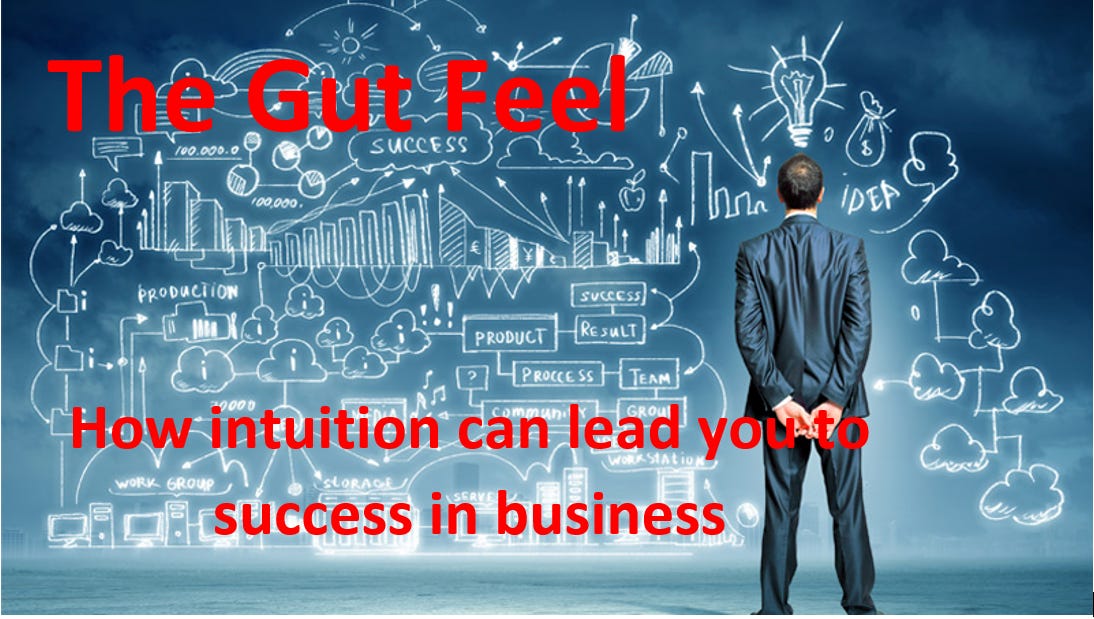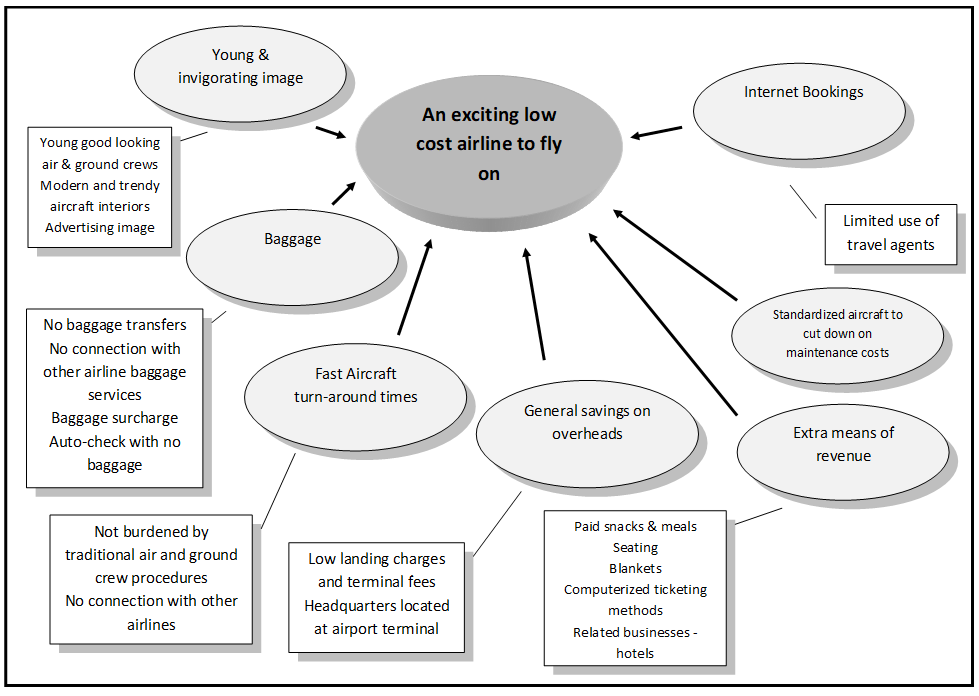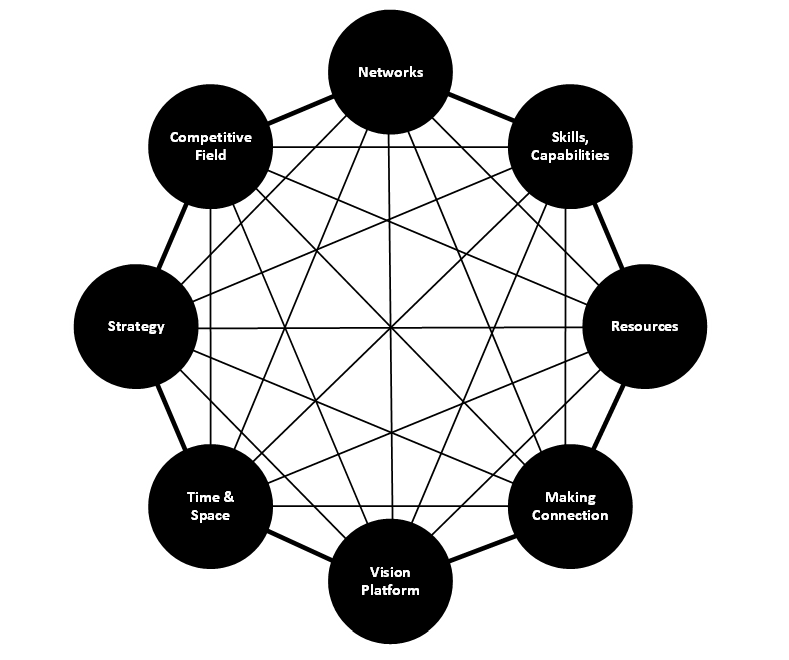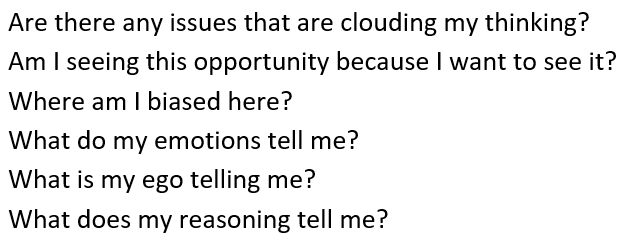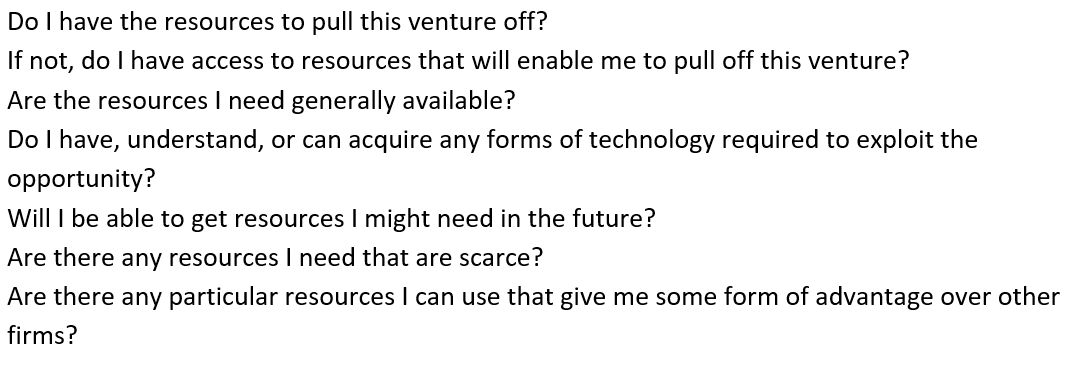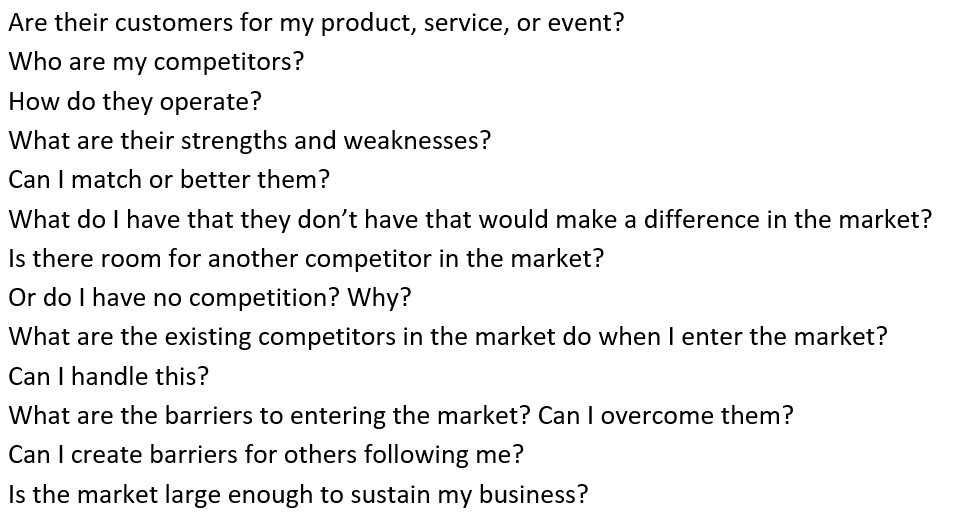The Gut Feel: How intuition can lead you to success in business
Chapter Three: Intuition and the big picture
Chapter Three
Although the business plan is a major part of business and entrepreneurial education, very few ventures actually start with formal business plans. This chapter looks at how important it is to have a big picture of what you want to do. Any big picture that has been elaborated upon can be checked for its viability by going through mental checklists. The chapter breaks down opportunity into its individual elements which can separately be validated through these checklists. Checklists will also highlight to an entrepreneur how well prepared they are to exploit any said opportunity.
Intuition and the Big Picture
Picture Robert de Castella winning the Commonwealth games 1982 marathon in Brisbane, and again four years later in Edinburgh, Cathy Freeman winning gold in the Sydney 2000 Olympic Games 400 metres, and Ian Thorpe winning the gold medal in the 400 metres freestyle in the pool at the same Olympics, and again in Athens in 2004, all proud moments for them, and proud moments for us as Australians. Each of them before stepping out onto the road, track, or into the pool had a big picture in their mind about what they were going to do.
The visualization of your future business as a big picture in your mind is no different. It’s like an artist painting a masterpiece on a sheet of canvass, which in your case is your mind. A sketch visualization may occur very quickly like some form of great insight into something, but the details may take some time to slowly build up until you have a full mental business model in your head. This imagery, mental picture, imagined model, represents a desired future that we would like to see. We in fact see ourselves inside of this model as its founder, creator, entrepreneur, and steward. This model is built out of pure imagination, based on our intuitive sense of the world around us. A picture of how we can convert the world we live in to a much more desirable one (see Figure 3.1.).
Figure 3.1. The big picture of Air Asia.
Starting any venture or enterprise without a mental picture is just as dangerous as a pilot flying across the Simpson Desert in a small plane without a map or any navigation instruments. The pilot will get lost in the Simpson Desert and the entrepreneur will get lost in his or her enterprise.
After an opportunity has been found, it must be evaluated to determine whether it is viable as a venture and worth putting in your time and resources. Viability is relative to the resources, skills, and networks you possess, so what may be viable to you may not necessarily be viable to someone else.
The Business Plan you have when you don’t have a Business Plan.
The author’s own research has shown that most entrepreneurs don’t actually develop any formal written business plan before starting out on a new business, but instead rely on a well thought out mental model of the enterprise they want to develop, the products they want to make, the potential customers they want to service, in a manner consistent with the resources they either have or can acquire from somewhere. It’s all in the big picture. In actual fact, it would be impossible to write a business plan for entrepreneurial opportunities because you are not actually sure where you will go. So any written business plan would just be fantasy.
The big picture resembles a business model, laying down the strengths and taking account of the weaknesses that the entrepreneur must compensate for, highlighting what already exists and what needs to be procured to make the opportunity something of a success.
When a person is not affected by overconfidence and can look at a situation clearly, the entrepreneur will have mental checklists of questions underlying the big picture that require intuitive answers. It is the sum of these answers, that enables the entrepreneur to make a “go” or “no go” decision about the venture. These decisions can only be made intuitively as no means of analysis will assist in arriving at this “go” decision, as there are too many factors which cannot be analysed rationally involved. This is the time when entrepreneurs must trust their intuition.
Underlying any opportunity is a structure which can be examined through a checklist of questions. These checklists of questions are basically the same for a delicatessen, a burger restaurant, a boutique, a cosmetic manufacturing enterprise, toy distributor, or produce importer. Positive answers to the checklists enable an entrepreneur to exploit it with some confidence. Negative answers show where weaknesses lie. Again, it is not necessary to write all this down as for many people these are mental processes, but sitting down and going through all these questions makes a lot of sense before one makes a final decision.
Figure 3.2. The elements of opportunity that must be examined.
The questions that can confirm the big picture is viable would include;
Time & Space:
Vision Platform:
Making Connections:
Resources:
Skills & Capabilities:
Networks:
Competitive Field:
Strategy:
Checklists are nothing new. An airline pilot flies a passenger airliner from Melbourne to Brisbane on checklists, just as the crew of the lunar module of Apollo 11 did in July 1969, when humankind made the first landing on another celestial body other than our own, the Moon. New Coles and Woolworths stores are developed and opened using checklists, just like the McDonalds store in your neighbourhood is operated through procedural checklists.
What hasn’t been said much before is that making the decision to “go” with a start-up is usually an intuitive decision making process, where the entrepreneur should touch base with the types of questions listed above. Nobody is less astute or less of an entrepreneur for doing so; in fact this is how good decisions are made. The former Harvard University (Now Tufts University) Professor Amar Bhide said that entrepreneurs who make quick intuitive decisions are usually more successful than entrepreneurs who take time to analyze the issues involved before making their decision. Surprised, just ask any Ford executive involved in the launch of the Edsel. By the time they had made a thorough analysis of the market, the market changed and the Edsel was launched into a completely different market situation than the one that was analysed at the time.
Everybody Does it
It isn’t necessary to formally write down all the information and create a beautiful business plan (unless you need it for other purposes like raising equity finance). What is important is that a person considers all the issues honestly to themselves. If writing it down on paper helps to organize your thoughts then by all means, write things down to organize your thoughts.
Your checklists link the opportunity to action. After going through the checklists, you know what you need and what to do. You now have enough knowledge to guide you through the start-up and initial strategy direction you will take the new firm. Mental checklists enable a person to make a number of decisions based on subjective information very quickly. This is what an entrepreneur would call decision making on the run, and the strategy gurus call flexibility and agility. Analysing mentally issues through checklists is part of developing entrepreneurial competency and personal mastery, depending upon what you want to call it. I call this guided intuition.
Using mental models of the big picture and breaking them down into the critical elements is an exercise in intuition that can enhance your chances of success. Through the big picture model, resources, timing, place, skills, the adequacy of networks, the competitive field, and strategy can be examined more closely to determine whether the entrepreneur is ready to take on the opportunity in question. Failure to develop a big picture of a proposed venture with the various mental checklists involved will usually lead to shocks and surprises that may jeopardize venture viability and even lead to venture failure. It never ceases to amaze the author of how many people are willing to spend their savings on leasing expensive premises and equipping it to produce food, cosmetics, or plant fertilizers, etc., only to believe that customers will appear out of nowhere to buy their products.
A big picture model will alert entrepreneurs to potential problems. Solving these problems before they happen will save a lot of money and heartache needed to get out of an expensive lease if the venture fails due to problems that could have been easily foreseen. On the contrary, those who have visualized the big picture and intuitively gone through all the issues, asking the right questions have a much greater chance of success. The thought of being successful is half the journey.
Summary
· Successful people need to see the big picture of what they want to do. Ventures are no different.
· The big picture is used more by entrepreneurs than business plans.
· The big picture is a way of responding to an opportunity. The opportunity can be broken down into specific elements. Through examining each element through a checklist and questions, an entrepreneur can determine both the viability of the opportunity and their preparedness to exploit it.
Some More Intuition and the Big Picture Tips:
· Evaluating your competitors: Using the big picture diagram (figure 3.1.) you can evaluate your competitors’ products and services attributes, benefits to consumers, strategies, strengths and weaknesses, and capabilities, but constructing their business models.
Next Chapter: Chapter Four: Intuition and the start up
Click on subscribe so articles can be directly emailed to your inbox:




